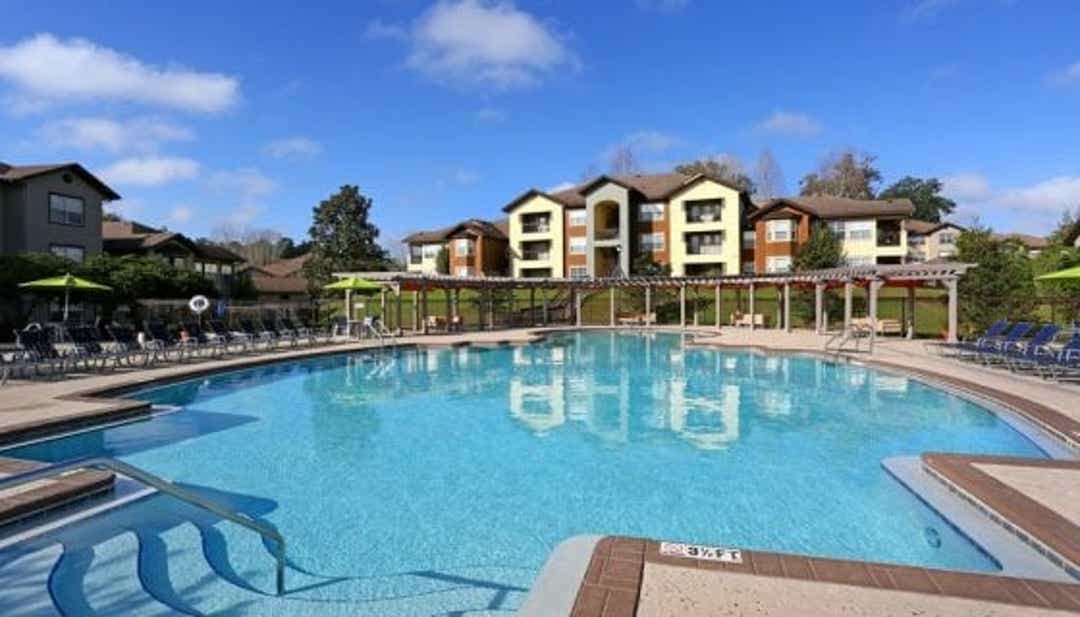The world has changed since billionaire Andrew Carnegie famously said “Ninety percent of all millionaires become so through owning real estate,” but multifamily investing is still a powerful wealth-building tool.
Wise investors and high-net-worth individuals have always included real estate in their portfolios to hedge against inflation and market volatility. Today’s investors are still choosing multifamily real estate because it produces reliable cash yield regardless of market forces. According to research from CBRE, U.S. multifamily investment volume is predicted to reach about $148 billion this year, as investors get back in the game post-COVID.
The current market is full of uncertainty about the value of stocks and bonds as well as inflation rates. With so much inherent risk in the market, many people choose to diversify their portfolio with investments that also produce a steady cash yield to provide for their future. That’s why they’re turning to high-yield investments like junk bonds, high-dividend stocks, and real estate.
Multifamily real estate investing offers a passive regular income while providing a sense of security if the stock market or other investments were to fail.
Why Is Multifamily a Good Investment in 2021?
Real estate investments offer more regularity than stocks, bonds, and other investments. In addition, some investors like the idea of a predictable income after retirement instead of unknown stock market fluctuations or inflation rates that could significantly reduce their current cash flow level.
Here are five reasons multifamily real estate is an ideal yield-producing investment:
1. Reliable Yields
Many people are looking for an investment with low-risk protection in case something unexpected happens, such as another recession. Real estate makes an excellent yield instrument because it produces a regular cash flow, offering a sense of security in an uncertain economic climate.
Most income investments that allow investors to estimate and predict yields, like bonds and dividend-producing stocks, either have a very low rate of return or very high volatility. Investing in multifamily real estate lets buyers plan their futures with a clear, predictable cash flow that dependably beats inflation and a base price that reliably increases.
2. High Demand
Demand for rentals is strong. Single-family homes are in short supply, and more baby boomers are choosing to rent. Stagnant wages, high interest rates, and rising property prices are causing many young families to put homeownership on hold as well.
Early 2021 saw peak prices as post-pandemic buying soared. Signs indicate that prices may begin to stabilize soon, but demand is still expected to outstrip supply.
3. Diversified Risk
Tenant risk in larger multifamily properties, like those that experienced investment firm Lloyd Jones often invests in, is diversified. A few residents within a 200-unit property, for example, who may be delinquent on their monthly rent, are unlikely to tank the asset’s operating income. An experienced management firm, especially one with an in-house asset management team, can anticipate everything from expenses to vacancies to maintain a steady, manageable cash flow.
Furthermore, adding real estate to a traditional stock and bond portfolio provides a stable position if the market goes into freefall. Investors who’ve weathered events like the subprime mortgage crisis of 2008 or the COVID-19 crash of 2020 understand the value of having holdings outside the S&P 500.
4. Inflation Protection
Yields have to outpace taxes and inflation in order to prevent losses. It’s difficult for traditional income investments to deliver the necessary returns to meet those criteria during times of high inflation.
Multifamily investment has a unique advantage in this area. When prices are rising, rents also tend to increase, which means multifamily real estate can hedge against inflation. In addition to rising rents, the appreciation of the property itself can outpace inflation in some markets.
5. Passive Income
With the right management firm handling the details, multifamily real estate is a passive, hands-free investment. Investors in multifamily assets enjoy the peace of mind of knowing that a professional asset manager and property management firm is managing vacancies while growing rents, taking care of repairs to improve the asset’s value, and maximizing net operating income.
Not only do investors in institutional-quality multifamily properties avoid hands-on involvement with business details, but they also don’t have to monitor and respond to market swings or political events. Real estate prices don’t react in wild swings during election years, market bubbles, or industry scandals. While local bubbles sometimes rise and burst, an experienced investment management firm knows how to protect against those events.
Multifamily investment is a long-term, completely passive source of income that investors can truly buy and forget.
Work With Professionals
So, what kind of yield should investors expect? Steady annual yields of 6% to 7% or more are possible if you choose an experienced partner and asset manager who knows how to manage net operating income to maximize cash yields. Working with the right firm allows multifamily real estate investors to leverage the wealth-building power of real estate without stress or worry.



